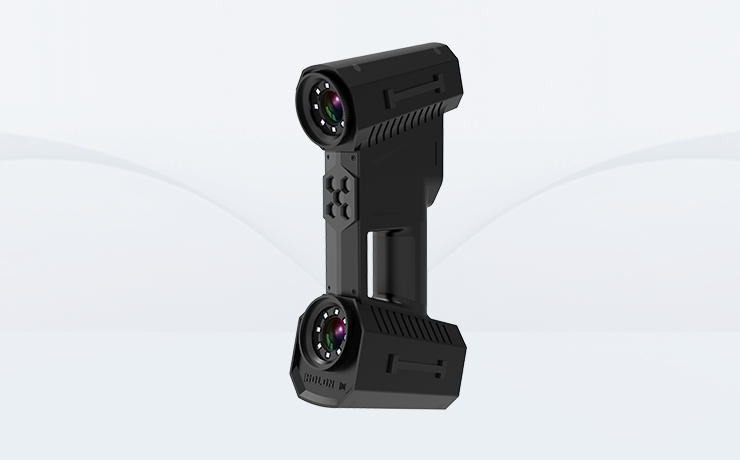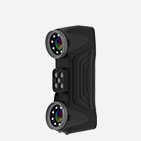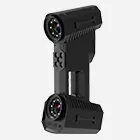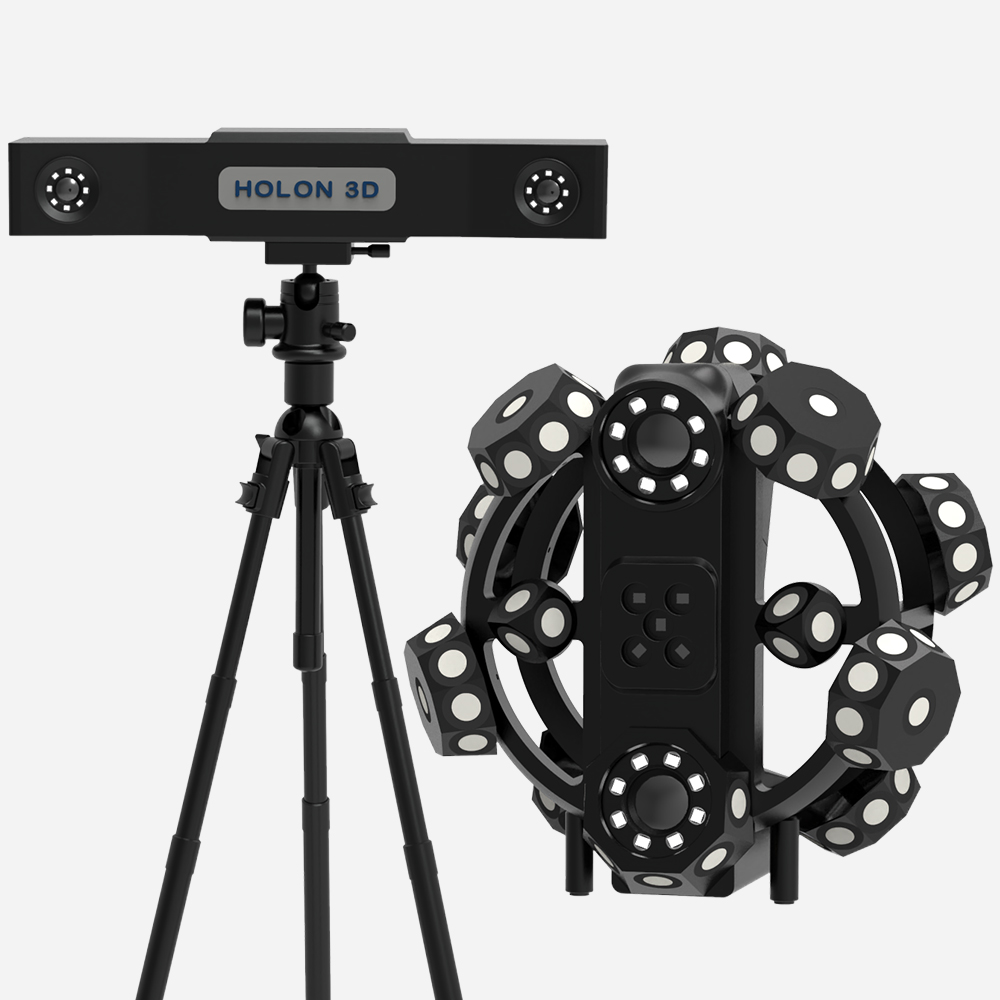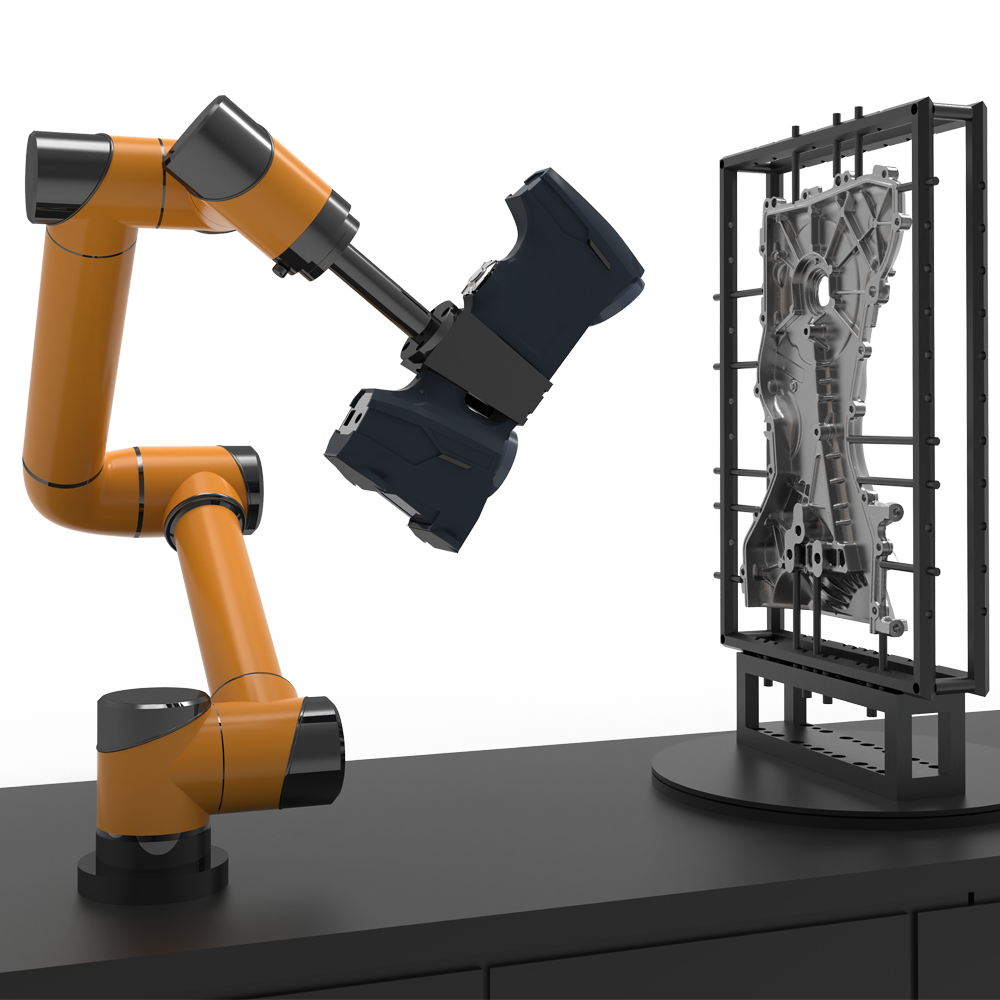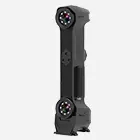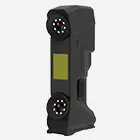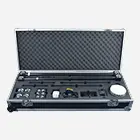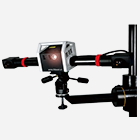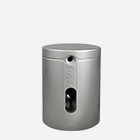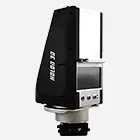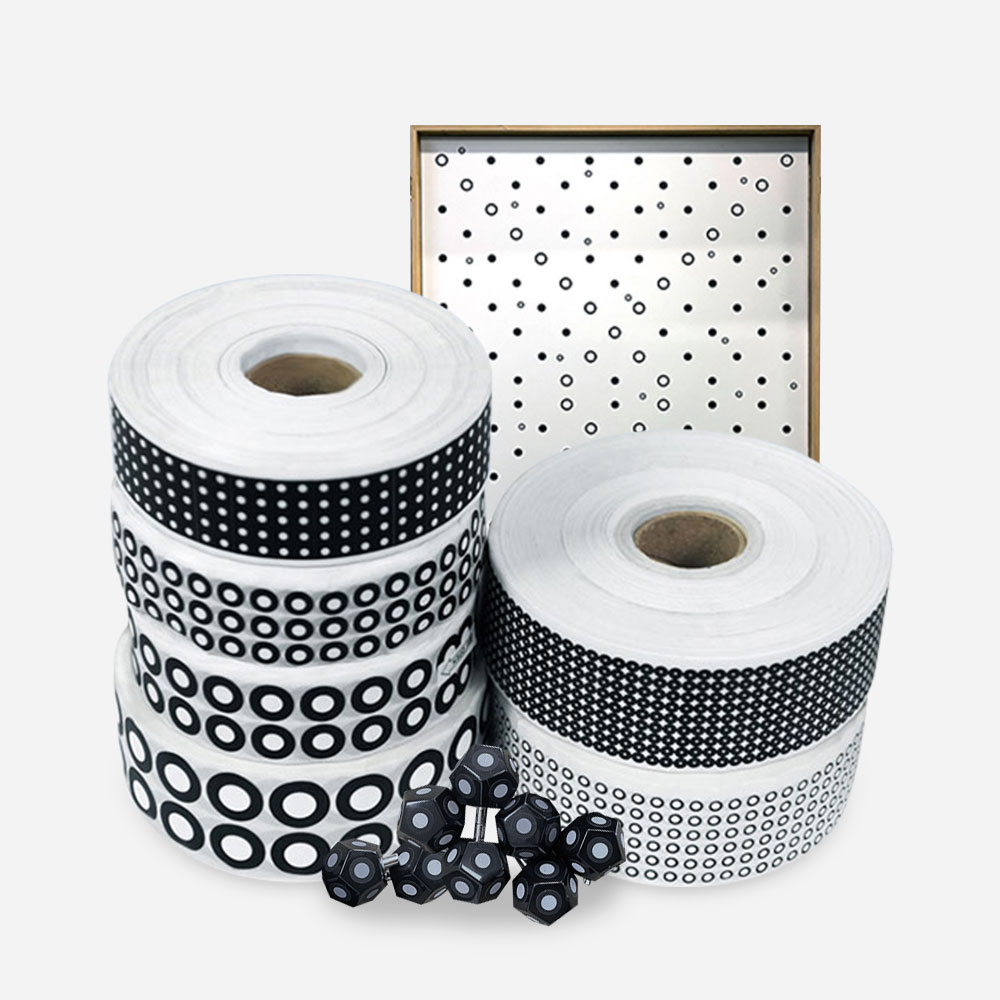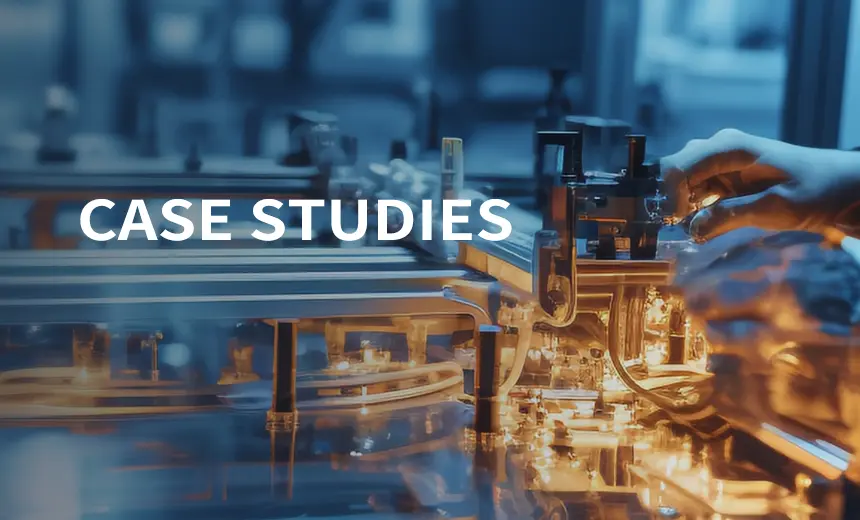- A +
- A
- A -
Most of the Pelton turbines that have been running for many years have cracks in the water buckets, and some even have buckets falling off, which seriously affects the safety and economical operation of the hydropower station. However, most water buckets are repaired on site. The workmanship is rough and the quality cannot be guaranteed, which brings hidden dangers to the operation of the unit after maintenance.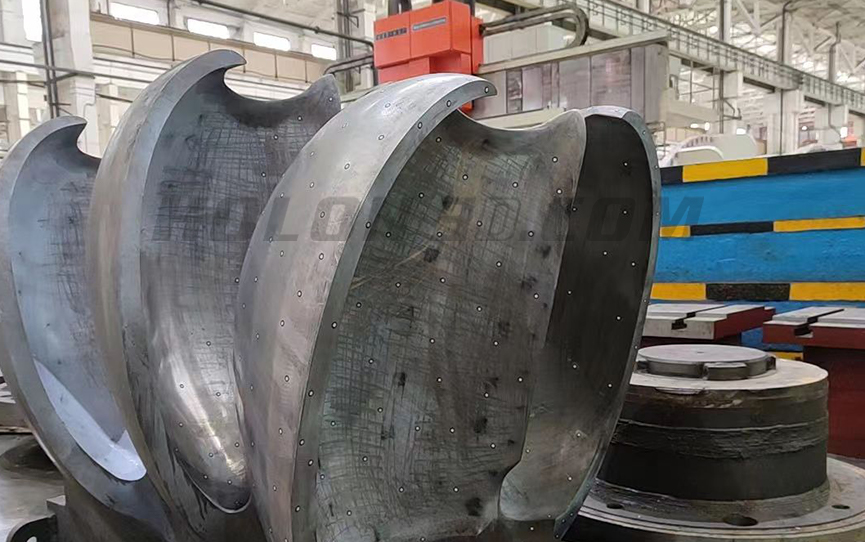
Actual picture of water turbine bucket
1. During the long-term operation of the water turbine bucket, fine cracks are likely to occur on the surface.
2. Water turbines are prone to form scale when running in water for a long time, which has a greater impact on measurement data.
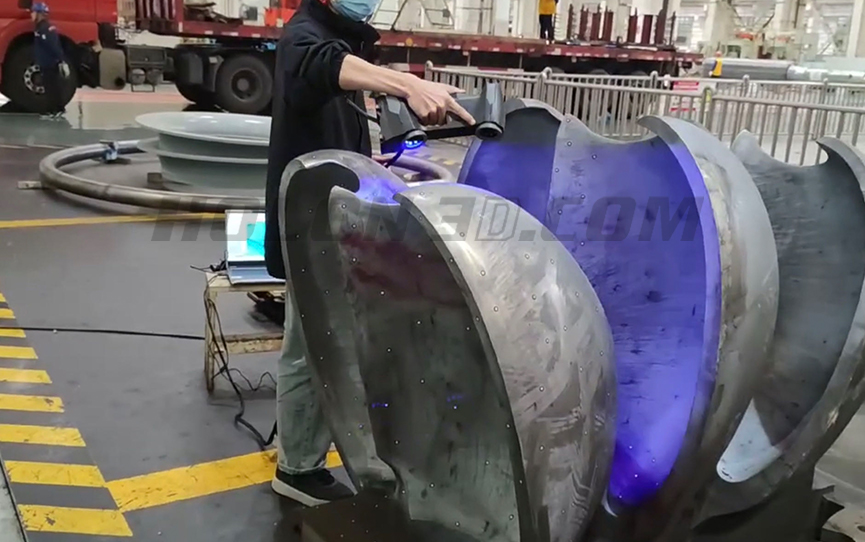
On-site scan of turbine water bucket
The project team decided to use a handheld 3D scanner to conduct comprehensive defect inspection on the turbine bucket.
Multi-line blue light laser scanning, high-precision data scanning, can restore the surface defect characteristics of the water bucket 1:1 in the crack scanning with only a slight difference on the surface.
Fast scanning, powerful single-frame data capture capability, obvious advantages in scanning medium and large workpieces
Powerful data computing capabilities and intelligent matching optimal algorithms greatly reduce the cumulative error of three-dimensional surface data.
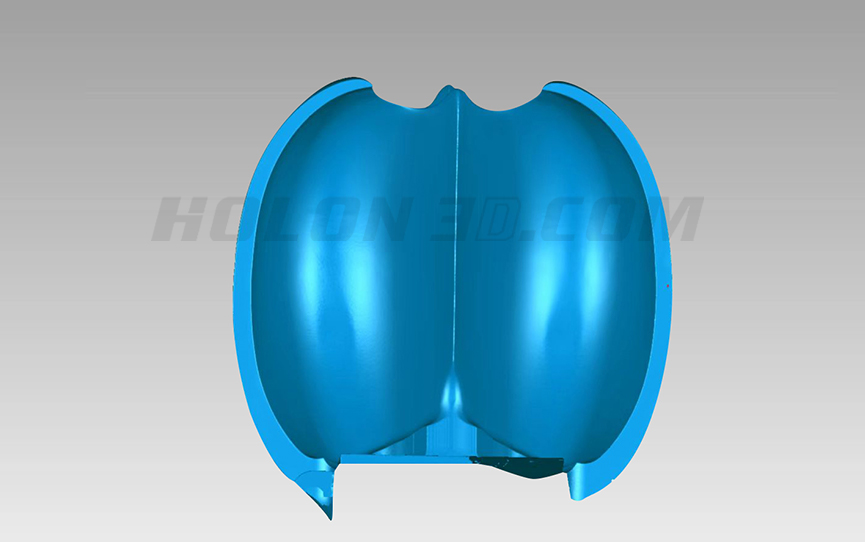
Turbine bucket STL data chart
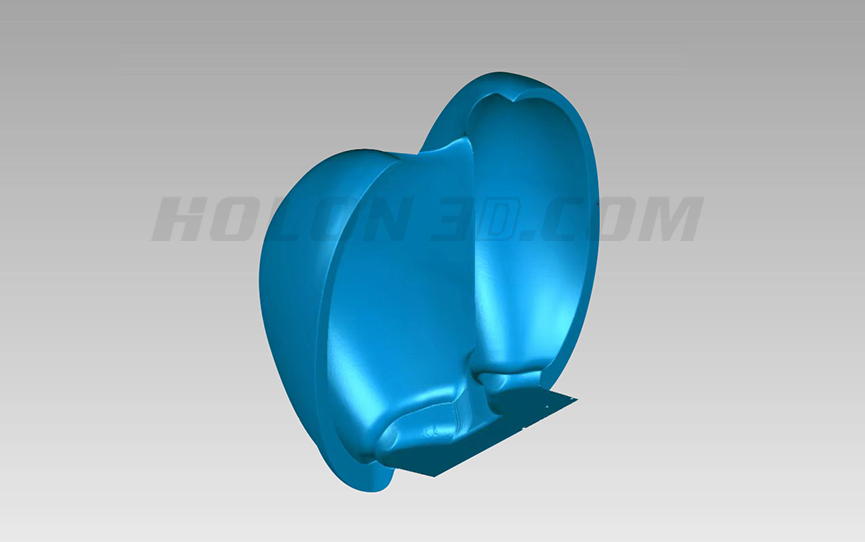
Turbine bucket STL data chart
The use of handheld three-dimensional scanning to measure the water turbine bucket effectively reduces the maintenance time of the water turbine bucket, brings safety guarantee to the operation of the unit after maintenance, and lays a solid foundation for the long-term safe operation of subsequent hydropower generation.
